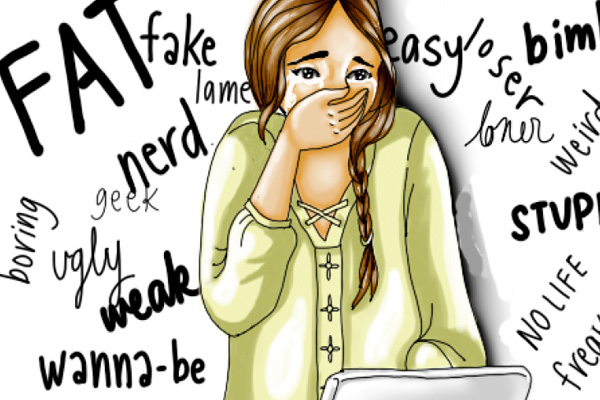KIDS SAY THE DAMNEDEST THINGS –
March 30, 2021 – When adolescents are online, they adapt to a different set of social norms than when they’re interacting with their peers in person. Oftentimes, they are more aggressive or critical on social media because of the anonymity they have online and their ability to avoid retaliation. Additionally, cyberbullies may feel less remorse or empathy when engaging in these behaviors because they can’t see the direct impact of their actions.
“The perpetrator doesn’t get a chance to see how damaging their bullying is and to learn from their mistakes and do something different,” said Giordano. “It’s a scary situation because they don’t have the natural consequences they do with offline bullying.”
Teenagers who are addicted to social media are more likely to engage in cyberbullying, as well as those who spend more time online. Participants in the study reported spending on average over seven hours online per day, and the reported average maximum hours spent online in one day was over 12 hours.
“Social media addiction is when people crave it when they’re not on it, and continue their social media use despite negative consequences,” said Giordano. “Some negative consequences could be they’re tired during the day because they’re scrolling all night long, they’re having conflicts with their parents, they’re getting poor grades in school or they’re engaging in actions online that they later regret, but they still continue to use social media.”
Social networking sites are designed to give people a dopamine hit, she added, and some people compulsively look for that hit. “It’s feeding into that addictive behavior, and they may be using cyberbullying as a way to get likes, shares, comments and retweets,” she said. “That’s the common thread you see in behavioral addictions — people start relying on a rewarding behavior as a way to make them feel better when they’re experiencing negative emotions. And so, I think the social media addiction piece is really interesting to show that there’s another factor at play here in addition to the number of hours spent online.”



